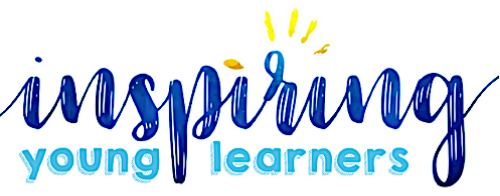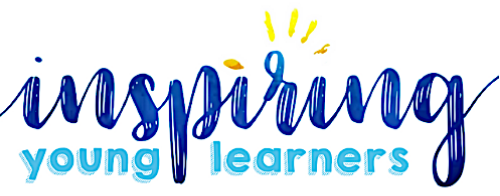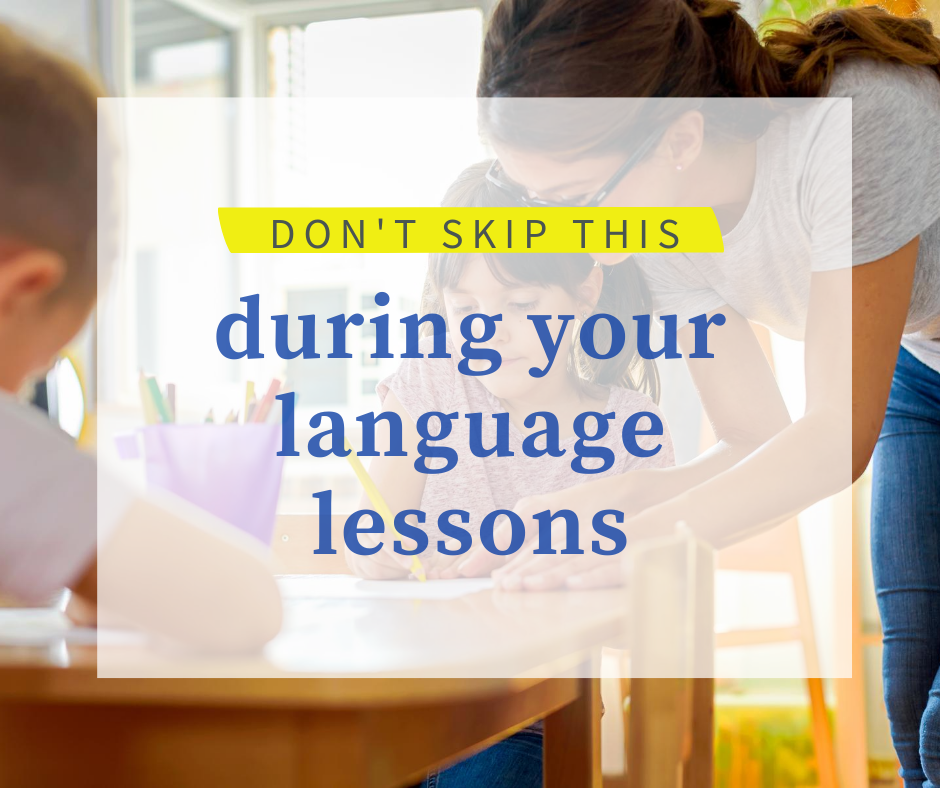
Often, I hear teachers talk about the struggles that their ELLs are having with reading and writing. Usually, they’re frustrated because they’ve tried so many different things–guided reading, direct instruction, phonics–but they’re not seeing the breakthrough that they were hoping for.
As I’ve researched this topic more and more I have found that there is one area that we must spend effort and time focusing on for reading and writing to develop. In all honesty, when I was teaching, I did not spend a lot of time or effort focusing on this area of language learning.
Any guesses what it might be?
You guessed it: listening comprehension. Our students’ ability to listen and understand English will 100% affect how they speak, read, and write in English. I know it’s hard to believe. Sometimes it’s even hard to think of how to do it when we have so many other things to teach…I mean, won’t they just pick up listening through osmosis and being in the classroom for 6 hours a day?
The answer to that is yes–they will pick it up. But what we want is to create active listeners who are using their listening opportunities to build and strengthen their vocabulary. That’s where they’re going to have success in speaking, reading, and writing.
This is what Dr. Steven Krashens means when he says, “We acquire spoken fluency not by practicing talking but by understanding input, by listening and reading.” Each of these areas plays a crucial role in their success in speaking, reading, and writing English, all by the foundational skill of their listening.
In David A. Susa’s book, How the ELL Brain Learns, he shares these reasons and many more on the importance of developing the listening domain when working with ELLs:
#1: It trains the learner’s attention. We need them to focus on the materials we present and not zone out, so when we create listening activities with them in mind, they will focus their attention on what’s going on.
#2: It allows the learner’s brain to recognize and mentally practice English vocabulary words. One of the greatest ways to strengthen vocabulary is by having students listen to a native speaker or to listen to a story being read. Those are powerful ways for students to improve their listening skills.
#3: It helps the learner to identify grammatical construction to listen for syllables, intonation, and expressions. It helps them to learn slang, idioms, and different phrases that are commonly used, all through listening.
#4: It gives the learner the confidence to imitate what is heard and to say it out loud. When we are giving them constant examples of speaking and conversation, they’re going to be much more willing to speak in that same way and use that example to help them speak.
Here are three ways you could help your students become better listeners (and let’s be honest, all of us need help in this area…even us a lot of the time):
1. Find a variety of ways to incorporate listening into your daily activities. Use audiobooks during an activity, read a chapter book to the class, have them do a listen and draw activity about the content you are teaching them. The more different ways you can incorporate opportunities to listen, think, and apply something, the stronger their listening skills will be!
2. Create opportunities for the students to reflect on their own understanding of what they heard. According to How the ELL Brain Learns, ELLs can become better listeners when they also reflect on how well their skills as a listener are progressing. Using speaking and listening reflections are a great way to build this skill into their weekly routine and habits will soon form.
3. Assign listening activities for homework. These will help students be able to work independently and continue to learn at home. You can find activities that will strengthen listening independently with the Listen and Learn Activities.
What activities have you found to be successful in improving your Ell’s listening comprehension?




